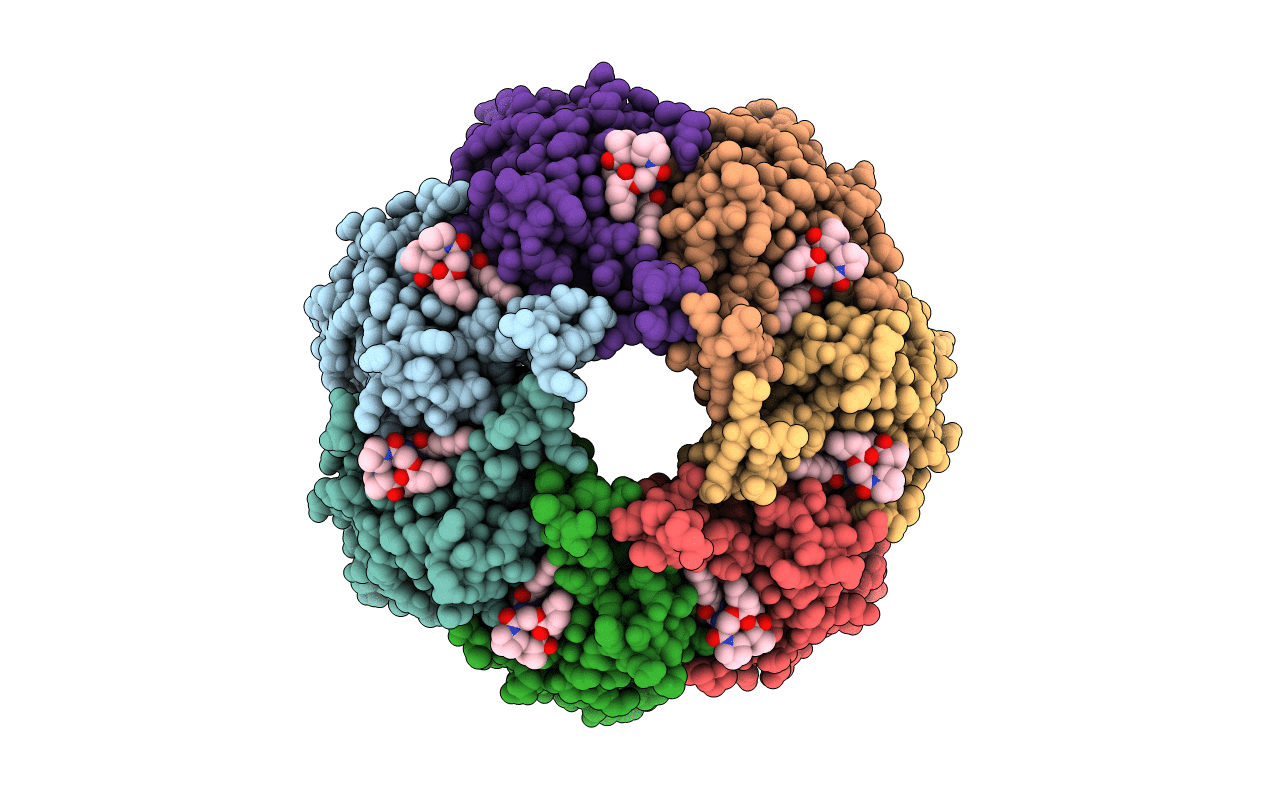
Deposition Date
2019-12-30
Release Date
2020-03-25
Last Version Date
2024-01-24
Entry Detail
PDB ID:
6TTZ
Keywords:
Title:
Structure of the ClpP:ADEP4-complex from Staphylococcus aureus (open state)
Biological Source:
Source Organism:
Staphylococcus aureus (Taxon ID: 1280)
Host Organism:
Method Details:
Experimental Method:
Resolution:
2.20 Å
R-Value Free:
0.23
R-Value Work:
0.20
R-Value Observed:
0.20
Space Group:
P 65 2 2


